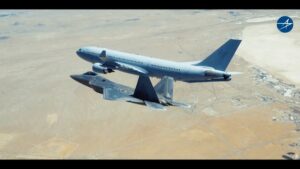
The Air Force is to study service tanking needs to inform a possible, upcoming solicitation for commercial tankers. "The objective of this work is to complete a report suitable for submission to Congress that is an effective and legally defensible commercial aerial refueling study and business case analysis," the Air Force said on Oct. 13 in a sources sought notice to firms interested in performing the study. The 763rd Enterprise Sourcing Squadron at Scott AFB, Ill., "is interested in the…














